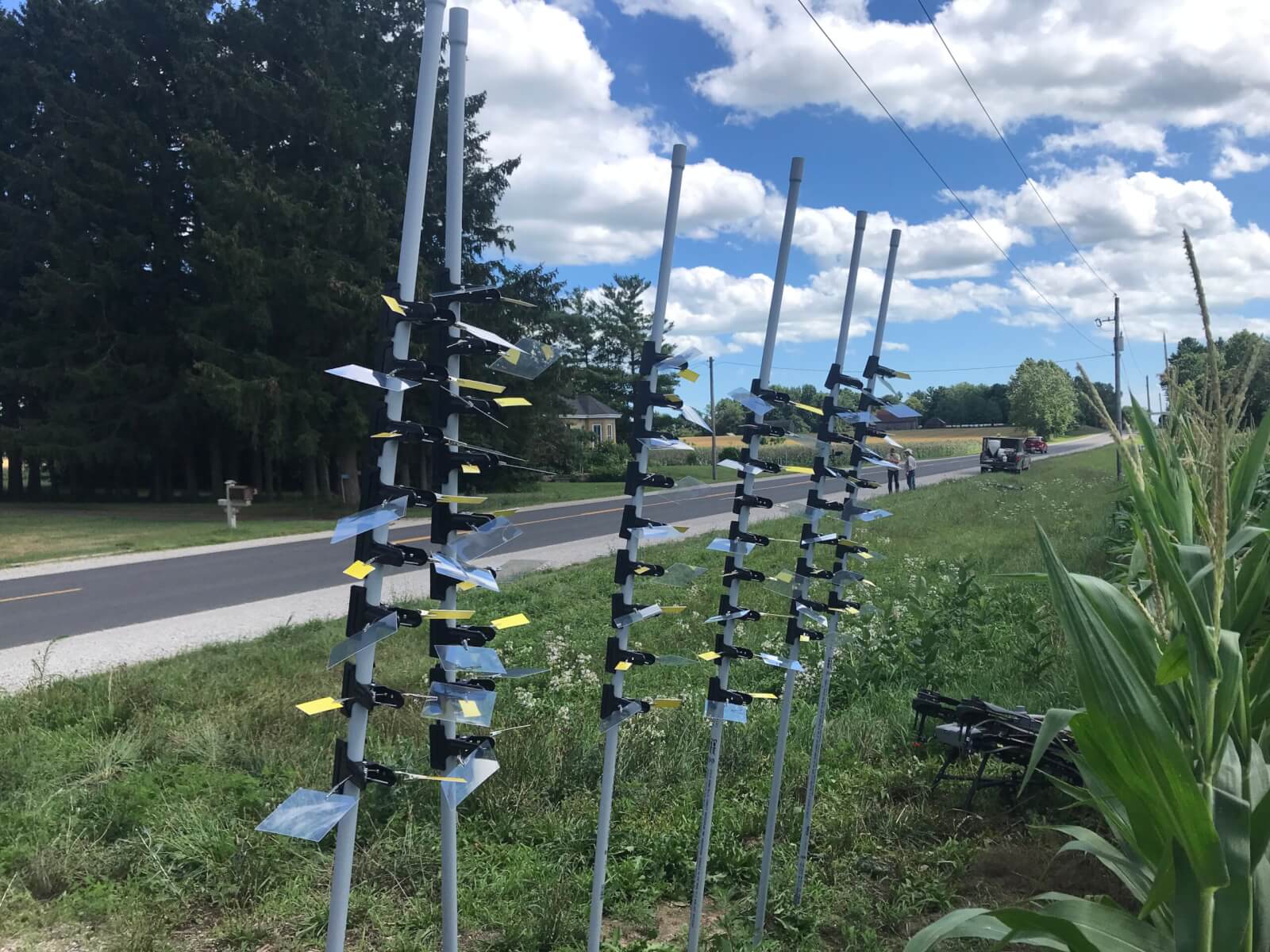
This work was performed with Mark Ledebuhr (Application Insight LLC.), Adrian Rivard (Drone Spray Canada) and Adam Pfeffer (Bayer Crop Science – funding partner). Amy Shi is gratefully acknowledged for her assistance with statistical analysis. Introduction In June 2017, Transport Canada cleared the general use of drones. In 2018, Health Canada clarified that the use […]



